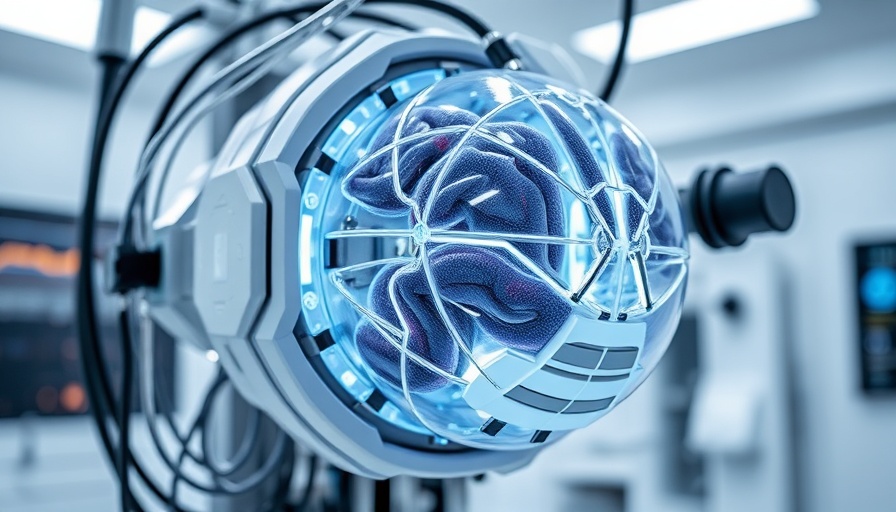
Understanding Parkinson’s Disease and Its Impact
Parkinson’s disease is a progressive neurological disorder that primarily affects movement. Many individuals diagnosed with this condition find themselves experiencing a gradual loss of coordination, stiffness, and tremors. These symptoms often lead to difficulties in daily activities such as walking and participating in social interactions. The emotional toll of the disease can be immense, leading to feelings of isolation and frustration. As medical science evolves, new treatments are offering hope, particularly for enhancing mobility, which is vital for maintaining a good quality of life.
Deep Brain Stimulation: A Revolutionary Approach
At the forefront of innovative treatment for Parkinson’s disease is deep brain stimulation (DBS), often likened to a “brain pacemaker.” This groundbreaking method involves implanting an electrical pulse emitter in the brain, typically targeting the subthalamic nucleus, a pivotal area for controlling movement. When medication falls short for patients, DBS emerges as a powerful alternative, potentially restoring mobility and providing long-awaited relief from symptoms.
Light as a Tool: The Role of Optogenetics
Recent research conducted by a collaboration between Ruhr-University Bochum and Philipps-Universität Marburg has introduced an exciting layer to DBS techniques through optogenetics. By utilizing light to influence nerve cells in the inferior colliculus, a previously overlooked region in the brain, researchers are uncovering new pathways that could increase mobility for those afflicted with Parkinson’s. This region is unique in that it remains untouched by the disease, presenting a novel opportunity for treatment strategies.
Bringing Hope to Patients: Real Experiences
As promising as the research is, it’s the real-life stories of individuals that bring this scientific advancement to life. Many patients have shared their experiences with DBS, describing how it has profoundly impacted their everyday activities, allowing them to regain a semblance of normalcy. Patients report being able to perform tasks that had previously become challenging, from simple actions like walking to enjoying spontaneous outings with family and friends.
Future Implications: What Lies Ahead?
Understanding how deep brain stimulation combined with optogenetic techniques can transform lives opens up a world of possibilities for further neurological research. As scientists continue to explore and refine these techniques, there is great potential not just for Parkinson’s patients, but potentially for various other movement disorders as well. The future seems bright, fueled by a combination of technological innovation and human empathy.
Common Questions: Debunking Myths and Exploring Facts
One common misconception about deep brain stimulation is that it is a last resort treatment option; however, many patients are finding it beneficial at various stages of their journey. It’s vital to communicate openly with healthcare professionals about the best options available, as personalized treatment plans often yield the best outcomes. As more individuals become informed about their choices, this can empower them to take charge of their health and wellness.
Joining the Movement: Actions You Can Take
As we celebrate breakthroughs in treating Parkinson’s disease, it’s essential to recognize the role of community support in these journeys. Individuals can get involved by participating in local awareness campaigns, fundraising for research, or simply reaching out to support those living with the disease. Every act of kindness contributes to a thriving community and fosters bonds that uplift everyone, especially those facing health challenges. By coming together, we can continue to drive change and advancement in healthcare.
Conclusion: Take the Next Step Today
With ongoing research and innovative treatments, the prospects for individuals living with Parkinson’s disease are gradually improving. If you or someone you know is affected by this condition, consider exploring the promising options of deep brain stimulation and discussing them with a medical professional. Staying informed and active can truly make a difference in managing health and enhancing quality of life.
 Add Row
Add Row  Add
Add 



Write A Comment